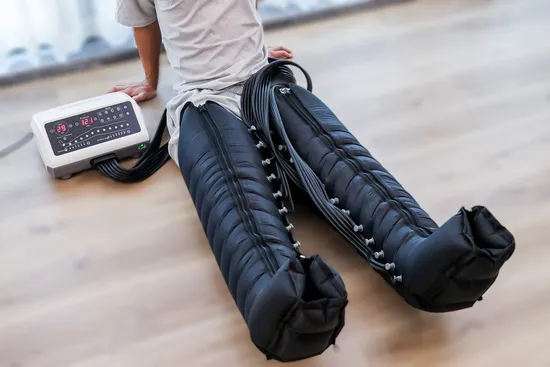When people think of home maintenance, termites rarely top the list—until the damage is done. These silent destroyers cause billions in structural damage every year across the U.S., and the worst part? Most homeowners don’t realize they have a problem until it’s too late. But here’s the twist: termite prevention isn’t just about chemicals and inspections. In a place like Springdale, where the seasons change but moisture and wood remain constant, there’s a smarter, more proactive way to keep termites out. It starts with thinking like one.
Think Like a Termite: What Attracts Them?
Termites aren’t random invaders. They follow cues—moisture, warmth, shelter, and food. If you were a termite, your perfect vacation spot would be a dark, damp crawl space under a house with plenty of wood to feast on. Understanding what draws them in is half the battle.
- Moisture: Termites love water. A leaky pipe or clogged gutter creates a welcome mat.
- Wood-to-soil contact: If parts of your home’s wooden structure touch the soil, it’s a buffet line for termites.
- Mulch overload: While it looks neat, mulch close to your foundation acts like a neon sign for termites.
- Cracks and gaps: Termites only need 1/32 of an inch to squeeze in. That’s thinner than a credit card.
Smart Habits that Make a Difference
You don’t need to become an exterminator to keep termites out. A few practical changes to your routine and surroundings can go a long way.
1. Ditch the Mulch (or at Least Back It Off)
Mulch is great for your garden, but terrible when it’s hugging your foundation. Keep at least a 12-inch gap between mulch and your home’s perimeter. Better yet, switch to non-wood ground covers like pea gravel near your house.
2. Fix Leaks—Fast
Every drip under your sink or damp spot near your foundation is a termite’s dream. Regularly check plumbing inside and outside. Make sure downspouts direct water away from your home. If your crawl space or basement tends to be damp, consider using a dehumidifier or sump pump.
3. Trim Back Nature
Overgrown shrubs and tree limbs touching your siding or roof give termites (and other pests) easy access. Maintain a buffer zone around your home where plants aren’t touching your structure. Bonus: it also makes inspections easier.
4. Elevate Firewood and Yard Debris
Stacking firewood against your house is like leaving the front door open. Keep it elevated on racks and stored at least 20 feet from the house. Clear out old stumps, branches, and cardboard left lying around the yard.
5. Seal the Cracks
Grab a caulking gun or weatherproof sealant and inspect your foundation, windows, and door frames. Fill in any tiny gaps where wood meets concrete or brick. This won’t just help with termites—it’ll improve insulation and energy efficiency too.
When DIY Isn’t Enough
Even the cleanest, driest homes can become targets. That’s where professional eyes make a difference. Companies that specialize in Springdale pest control understand local termite behavior, seasonal risk factors, and the specific construction quirks of homes in the area.
The benefit of bringing in a local pro isn’t just chemicals—it’s strategy. They know where to look, what signs to spot, and how to catch a problem before it explodes. Think of it like going to the dentist: routine checkups now can save major pain (and cost) later.
What About Treatments?
Let’s be real: some people don’t want to hear about termite treatments until they see bugs crawling up the wall. But there are preventive options that are safer and more effective than ever before. Some use bait systems that intercept termites underground. Others involve liquid barriers that are undetectable to termites but deadly upon contact.
Modern treatments are often low-toxicity and designed to last for years. The key is applying them before termites move in. Prevention always costs less than repairs.
Signs You Might Already Have a Problem
Even if you haven’t seen termites, it’s worth knowing what to watch for:
- Hollow-sounding wood when tapped
- Mud tubes running along walls or foundations
- Swarming winged insects (often confused with ants)
- Discarded wings near windows
- Paint bubbling or wood that looks water-damaged
If you spot any of these signs, it’s not time to panic—but it is time to act quickly.
Final Thought: Think Long-Term
Preventing termites in your Springdale home isn’t about being paranoid. It’s about being prepared. By creating an environment that’s dry, clean, and sealed tight, you make your home less attractive to pests. Add in smart habits, a little vigilance, and maybe a visit from a pro, and you’re well ahead of the curve.
Remember, termites don’t work fast—but they work relentlessly. One missed leak or stack of soggy wood can quietly become a full-blown infestation. So think like a termite—but live like a homeowner who’s one step ahead.






